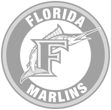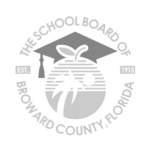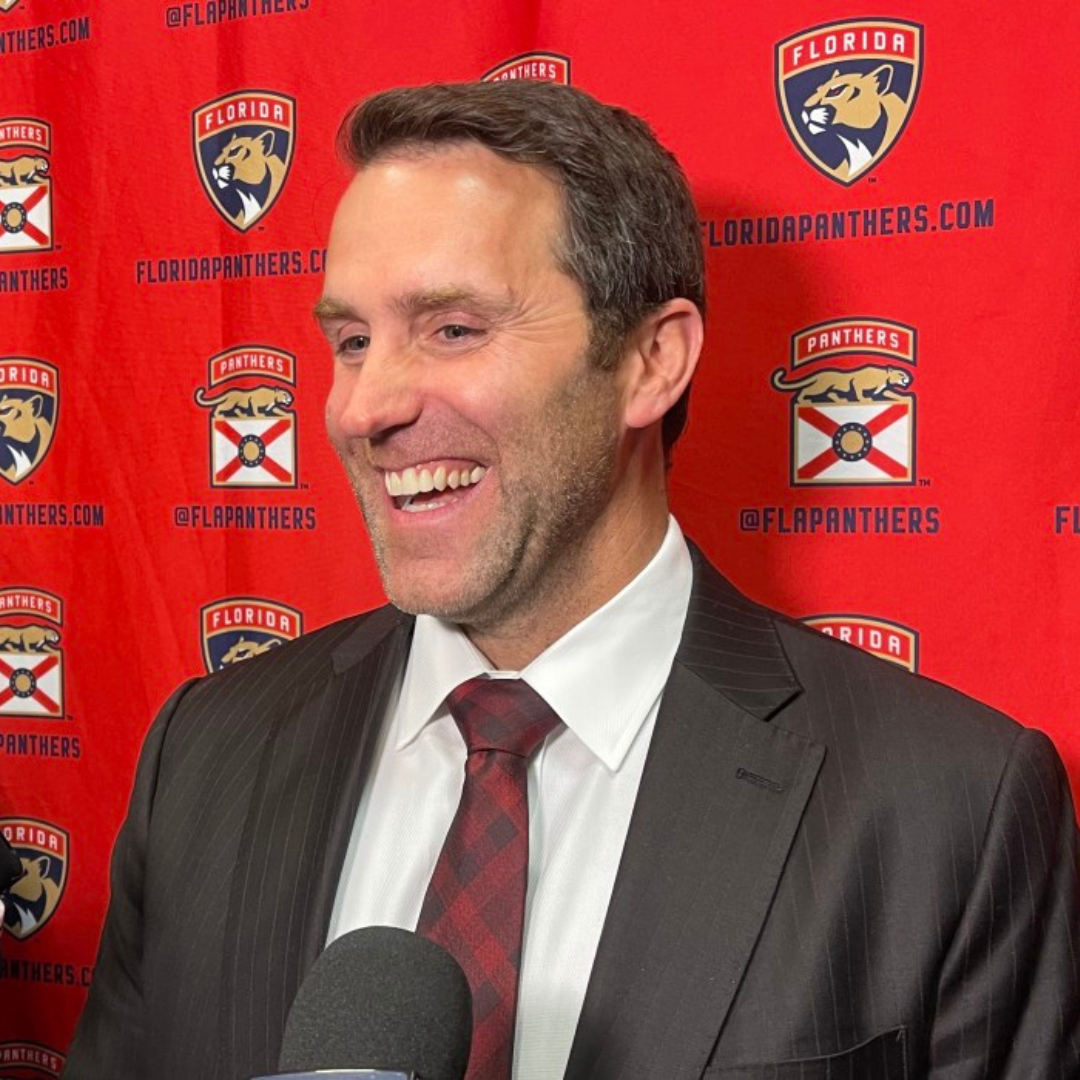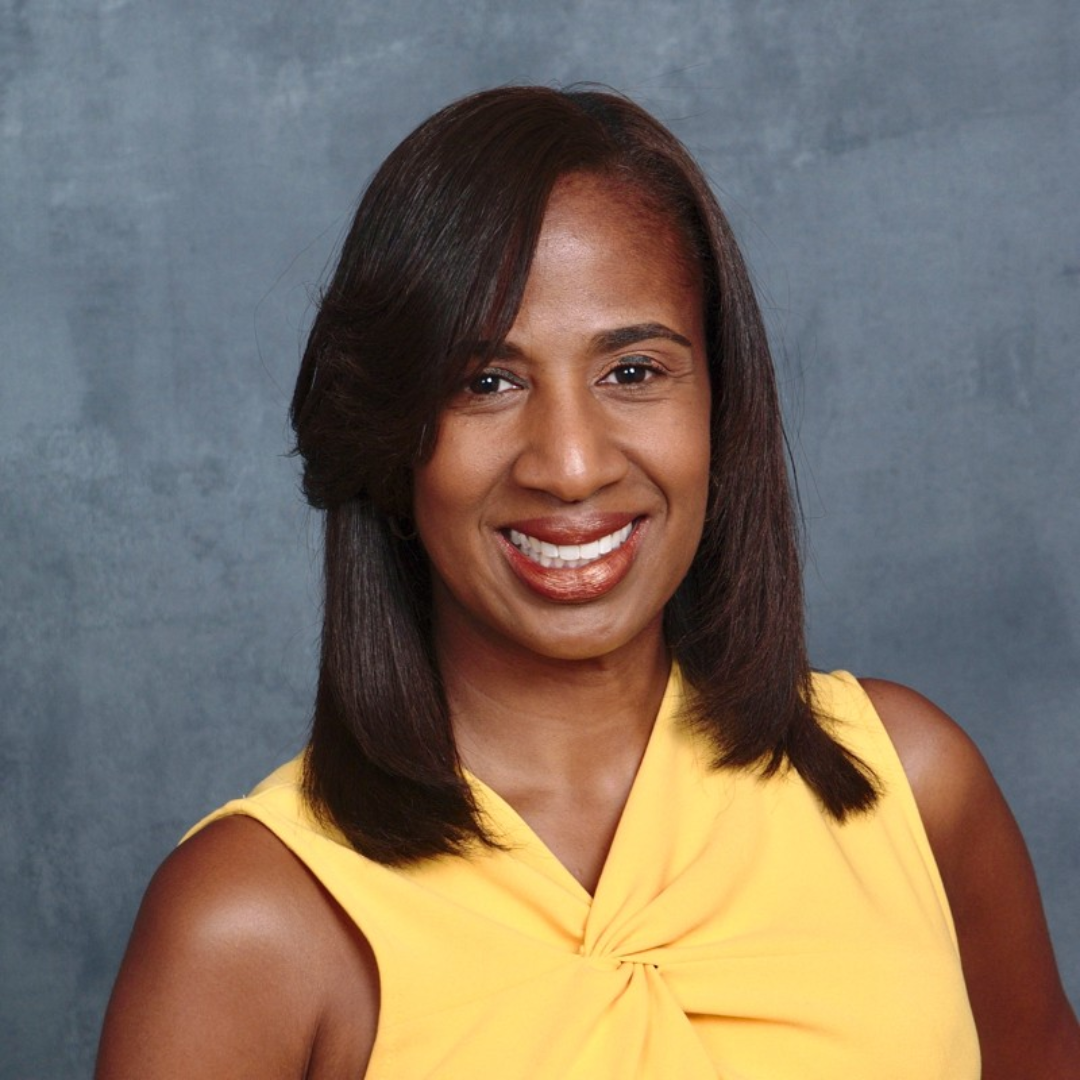It seems every time you open an accounting journal, there’s another round of Mergers and Acquisitions (M&A) announcements being featured. While growth through M&A has always been part of the accounting landscape, the influx of private equity over the past five years has accelerated M&A activity into a frenzied state.
Although this drives a more “corporate” financial metric approach to how firms are evaluated, “technical compatibility” of core tax and accounting applications and processes often ends up being an afterthought, which unfortunately is often left to the firms to just figure out later.
Increasingly, we are seeing more and more frustration amongst all parties to M&A transactions about adapting to a “single firm tech stack,” which wasn’t understood and agreed upon before inking the deal. Having clear and comprehensive discussions detailing the application mix of the combined entity will go a long way to reducing M&A frustration and, honestly, should define the model of the firms to combine with in the future.
Whether you are looking to acquire another practice or make your own firm more attractive to a potential suitor, in the following paragraphs we highlight key technology considerations in accounting firm tech compatibility.
Standardized Application Stack
Optimized production processes, which include a standardized set of applications (tech stack or application stack), are key to technology that helps growing firms thrive. The firm’s tech stack should be targeted to the firm’s unique client mix (and future targets) and operated in a well-documented fashion, allowing for consistent usage by firm personnel.
Agreeing to this core set will enable firm members to not only work effectively but also identify where conversions of existing data and training of personnel need to be budgeted.
Firms should specifically ask about any contract agreements beyond one year (including penalties for termination) and verify license counts to identify where the combined firm may not be in compliance. Firmwide licenses for Microsoft 365 (Office), Adobe, and Teams/Zoom are usually the easiest to standardize. However, other firmwide tools, such as practice management, document management, and workflow, often require significant time and cost to convert, as they impact all personnel.
In most mergers, the dominant tax practice often drives the application suite. However, it is essential to analyze all applications being utilized, particularly if the acquired practice is more digitally automated (e.g., workflow, modern portal, scan and populate, electronic signature, return delivery, etc.), as these features can benefit the acquiring firm.
Within assurance, the workpaper methodology preferred by the senior audit team usually drives the audit suite decision. However, transitioning to a centralized engagement binder can be complicated if the acquired practice uses a different engagement application for a significant number of tax returns, leading to extended licenses or delayed conversions.
Finally, the tech stack utilized for client accounting and advisory services (CAAS) is an emerging area where firms often support a wide array of applications that need to be driven towards standardization. Most CAAS practices are built around the accounting products selected by clients, followed by bill payment, payroll, expense management and reporting can become challenging when supporting too many competing products. Standardization is key to ensuring consistent management and reporting across all platforms.
Centralized Infrastructure
Maintaining multiple networks created by different groups duplicates costs and guarantees inconsistent performance and support, particularly when one of the goals of the merger is to share staff and work between locations.Today’s recommended environment involves centralizing the firm’s IT infrastructure in a standardized cloud where all users, regardless of location, access the firm’s applications in the same manner. This setup ensures a standardized data structure under the control of centralized IT support. This allows for standardized permissions to sign-on to the network, access files, and to share work. This also allows for a centralized disaster recovery plan coordinating data backup, allowing for higher level of cyber expertise and access to “enterprise-class” network management tools. Unfortunately, transitioning (or repurposing) existing IT staffing is a topic that is often pushed off to a later date which can create significant issues, so we recommend it be recognized as part of the transition plan.
Prioritized Security
Protecting your firm against cyber threats has become increasingly difficult as hackers can easily access the latest, most-sophisticated tools (including AI) to target firms via multiple avenues of attack. Firms must be hyper vigilant about protecting the firm’s digital assets, and standardized security protocols need to be rolled out immediately to any acquired practice including standardized policies (multi factor authentication, password complexity/vaults, etc.), and employee security and phishing education which is a legal requirement for all accounting firms.
Today more firms are looking to acquire practices to grow quickly, and this urgency is only being exasperated by the influx of private equity targeting the accounting profession to push deals. Firms should be aware that information technology will have a significant impact on the compatibility and effectiveness of these mergers and should be an integral part of any M&A discussions.
Roman H. Kepczyk, CPA.CITP, CGMA is director of Firm Technology Strategy for Right works and partners exclusively with accounting firms on production automation, application optimization and practice transformation. He has been consistently listed as one of INSIDE Public Accounting's Most Recommended Consultants, Accounting Today's Top 100 Most Influential People, and CPA Practice Advisor's Top Thought Leaders.
[ SOURCE: Thomas Reuters, All Rights Reserved ]




















